Emile Bernard (1868-1941)
Get a Emile Bernard (1868-1941) Certificate of Authenticity for your painting (COA) for your Emile Bernard (1868-1941) drawing.
For all your Emile Bernard (1868-1941) artworks you need a Certificate of Authenticity (COA) in order to sell, to insure or to donate for a tax deduction.
Getting a Emile Bernard (1868-1941) Certificate of Authenticity (COA) is easy. Just send us photos and dimensions and tell us what you know about the origin or history of your Emile Bernard (1868-1941) painting or drawing.
If you want to sell your Emile Bernard (1868-1941) painting or drawing use our selling services. We offer Emile Bernard (1868-1941) selling help, selling advice, private treaty sales and full brokerage.
We have been authenticating Emile Bernard (1868-1941) and issuing certificates of authenticity since 2002. We are recognized Emile Bernard (1868-1941) experts and Emile Bernard (1868-1941) certified appraisers. We issue COAs and appraisals for all Emile Bernard (1868-1941) artworks.
Our Emile Bernard (1868-1941) paintings and drawings authentications are accepted and respected worldwide.
Each COA is backed by in-depth research and analysis authentication reports.
The Emile Bernard (1868-1941) certificates of authenticity we issue are based on solid, reliable and fully referenced art investigations, authentication research, analytical work and forensic studies.
We are available to examine your Emile Bernard (1868-1941) painting or drawing anywhere in the world.
You will generally receive your certificates of authenticity and authentication report within two weeks. Some complicated cases with difficult to research Emile Bernard (1868-1941) paintings or drawings take longer.
Our clients include Emile Bernard (1868-1941) collectors, investors, tax authorities, insurance adjusters, appraisers, valuers, auctioneers, Federal agencies and many law firms.
We perform Emile Bernard art authentication, appraisal, certificates of authenticity (COA), analysis, research, scientific tests, full art authentications. We will help you sell your Emile Bernard or we will sell it for you.
Born in Lille, France, Emile Bernard was a Symbolist painter. Bernard would become a great influence to painters like Gauguin and Van Gogh, and paved the way for the Cloisonnism and Synthesism movements. Some of Bernard’s earliest works are very reminiscent to the style that Gauguin would later develop for his portrayals of Tahitian women, such as this painting by Bernard entitled “Woman with Haystacks, Brittany.”
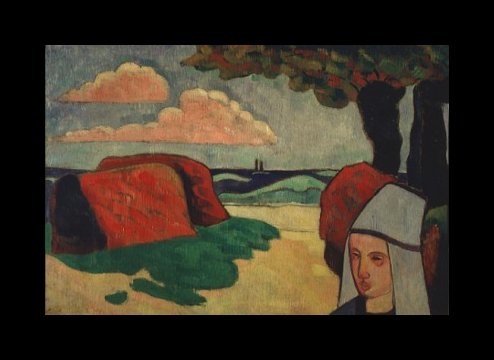
Bernard received his artistic training at the Ecole Des Beaux-Arts in Paris, where he befriended Henri Toulouse-Lautrec and Louis Anquetin. It was through their influence and friendship that Bernard began to paint in the style of Cloisonnism; basically, a style of painting inspired by stained-glass art, where bold black lines are used in the composition and filled in with bold color.
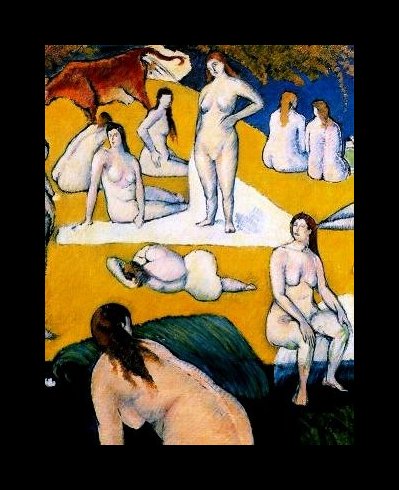
Bernard had a great appreciation for Japanese woodcuts, medieval art and the work of Cezanne and this is highly evident in his work throughout his career.
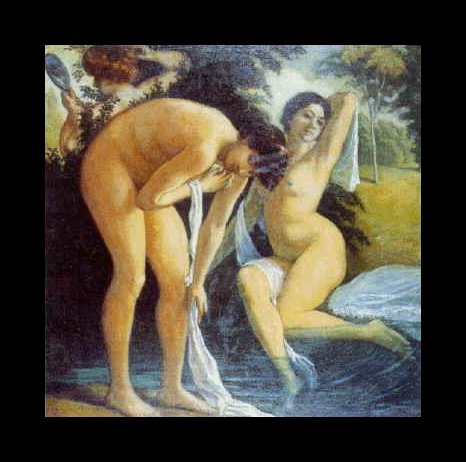
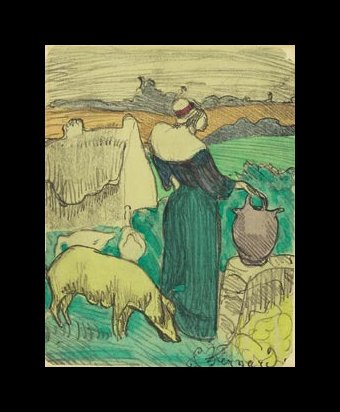
In 1884, Bernard joined the Atelier Cormon in Paris, where he was able to experiment with Impressionism and Pointillism. Around this time, he was also suspended from the Ecole Des Beaux-Arts for insubordination.
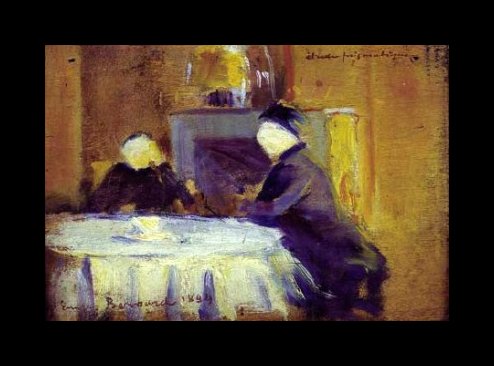

As a Symbolist painter, Bernard often touched down on religion, spirituality and history in his compositions.

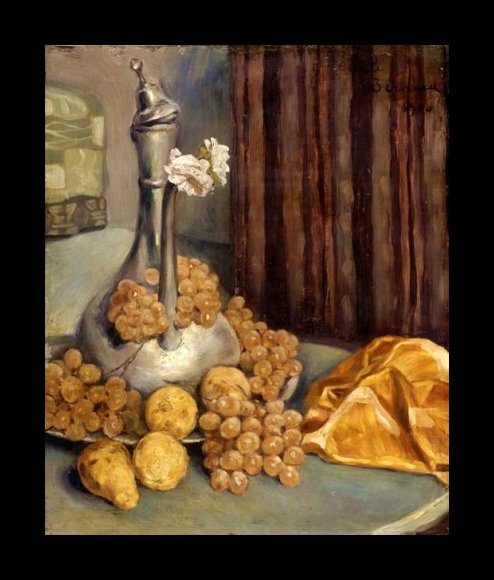
By 1886, Bernard had joined the school of Pont-Aven, where his style of Cloisonnism grew. One example of this style is Bernard’s painting “Buckwheat Harvesters at the Pont-Aven.”

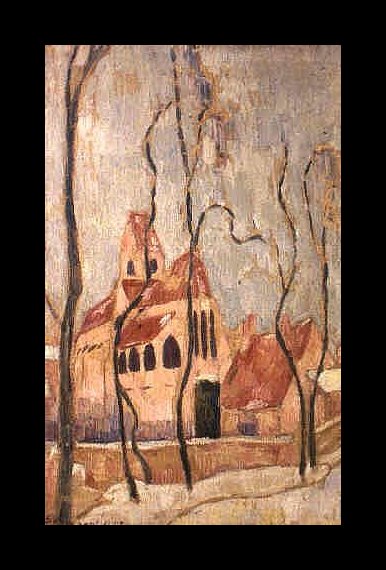
While in Pont-Aven, Bernard also worked in woodcuts and sculpture, and also designed furniture and tapestries. He was also a poet, writer and philosopher, which perhaps helped him to develop his Symbolist style of painting.
As time went on, Bernard began to move farther away from Cloisonnism and more toward Symbolism and Impressionism. By the turn of the century, Bernard’s style is an almost complete departure from his earliest work.

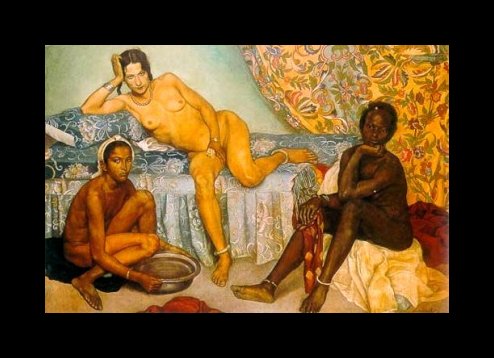
Bernard was very well-traveled and toured all of Europe, and even eventually settled in Egypt for 10 years from 1894-1904.

Because Bernard was so well traveled, many of his paintings serve as a timeline of where he went, portraying the people he met and places he visited.

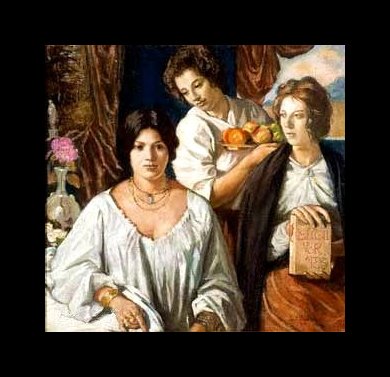
Throughout his career, Bernard was a prolific artist and well traveled, which makes the possibilities for unknown works of his surfacing very high. His style was always evolving and in fact, improving, which may have made it difficult for professionals to authenticate his work in the past. Despite the fact that he paved the way for some of the greatest-known artists of the day, Bernard is still a name that is lesser known, but still highly coveted by art collectors.

Emile Bernard art authentication. Emile Bernard appraisal from . Emile Bernard certificates of authenticity (COA). Emile Bernard analysis, research, scientific tests, full art authentications. We will help you sell your Emile Bernard or we will sell it for you.
Reviews
1,217 global ratings
5 Star
4 Star
3 Star
2 Star
1 Star
Your evaluation is very important to us. Thank you.
